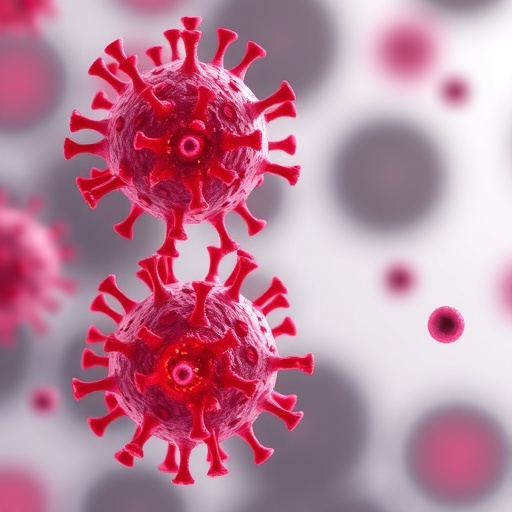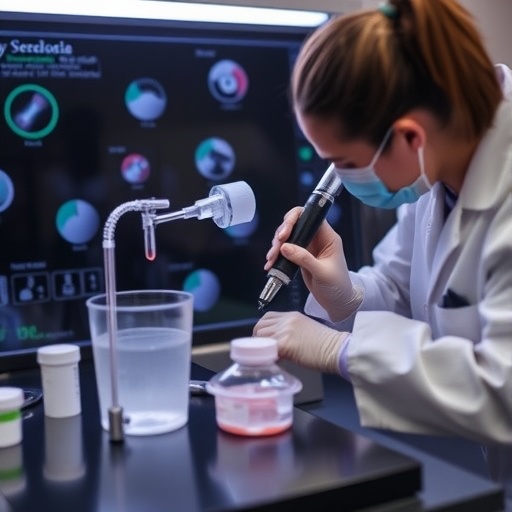The National Academies of Sciences, Engineering, and Medicine (NASEM) today released proceedings of a March 12 workshop exploring the rise in infectious diseases accompanying opioid abuse, and possible strategies for reducing both epidemics. The workshop was requested by the Department of Health and Human Services in response to an alarming increase in the spread of infectious diseases resulting from the opioid abuse epidemic, including hepatitis C virus (HCV), hepatitis B virus (HBV) and HIV infection, in addition to an increase in related infections requiring hospitalization.
Carlos del Rio, MD, professor of medicine in Emory University School of Medicine and the Hubert Chair of the Hubert Department of Global Health at Emory's Rollins School of Public Health, chaired the NASEM workshop committee that released the report, Integrating Responses at the Intersection of Opioid Use Disorder and Infectious Disease Epidemics.
del Rio and two other workshop participants – Sandra A. Springer, MD, from Yale University, and P. Todd Korthuis, MD, MPH, from Oregon Health and Science University — also co-coauthored a commentary published online today in Annals of Internal Medicine, entitled "Action Steps to Integrate Treatment of Opioid and Infectious Epidemics."
According to the Centers for Disease Control and Prevention (CDC), 115 Americans die each day from an opioid overdose, and between 1999 and 2016 the number of drug overdoses rose by 300 percent. Also according to CDC, HCV infections nearly tripled between 2010 and 2015, including an increase in HCV in pregnant women and risk of transmission to their unborn children. HBV infections increased by 20 percent between 2014 and 2015. HIV infections among people who inject drugs increased by four percent between 2014 and 2015. Hospitalization for serious infections associated with opioid use have quadrupled in the last decade. These include bacteremia, endocarditis, skin and soft tissue infections, and osteomyelitis.
According to the Workshop Proceedings, providers and medical facilities that manage infectious diseases resulting from opioid use disorder have a unique opportunity to engage people in treatment for OUD while managing their infection. However, few of these providers and hospitals have the needed resources and capabilities. "Thus, there is an urgent need to implement and scale up effective OUD treatment in healthcare settings to address the intersecting epidemics of OUD and its infectious disease consequences."
Workshop members cited important parallels between the current opioid epidemic and the early HIV epidemic. According to del Rio, "Both the early HIV epidemic and the current opioid epidemic have a particular impact on younger people. Care of HIV patients greatly benefited from the development of a highly trained, interdisciplinary workforce and expanded public resources for treatment. Unfortunately, both epidemics have been intensified by social stigma and discrimination. Beyond just treatment, we must intervene against the social determinants of health that are driving the opioid epidemic."
Based on the workshop discussions, Springer, Korthuis and del Rio agreed on five action steps to target both opioid use disorder and the resulting rise in infectious diseases. The steps were published in the Annals of Internal Medicine article:
- Implement screening for OUD in all relevant healthcare settings;
- For patients with positive screens, immediately prescribe effective medication treatment for OUD and/or for opioid withdrawal symptoms;
- Develop hospital-based protocols that facilitate OUD treatment initiation and linkage to community-based treatment upon discharge;
- Hospitals, medical schools, physician assistant schools, nursing schools and residency programs should increase training to identify and treat OUD;
- Increase access to addiction care and funding to states to provide effective medications to treat OUD.
The authors state:
"All healthcare providers are needed to combat the OUD epidemic and its infectious consequences. Those who treat infectious complications of OUD are well suited to screen for OUD and begin treatment with effective FDA-approved medications. Integrating our collective skills may make the difference between life and death for patients living with OUD."
###
To download a free copy of the workshop proceedings, please visit: nationalacademies.org/OpioidsandInfections
Media Contact
Holly Korschun
[email protected]
404-727-3990
@emoryhealthsci
http://whsc.emory.edu/home/news/index.html




